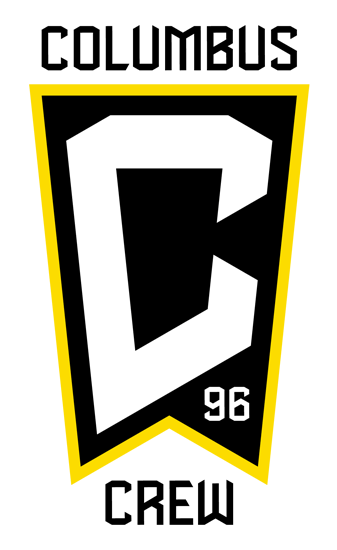Voir dire is a legal term you may have heard before. It’s a critical element of the jury selection process, where prospective jurors are questioned about their background and evaluated on their likelihood to optimally serve on a jury. During voir dire, civil litigation attorneys on both sides try to identify biases that could affect how a juror views the facts of a case. Everyone has biases, based on their personal experience, points of view, and opinions. In voir dire, we attempt to identify the biases that might indicate that a particular person is not right to serve on a jury for a particular case.
Listening to personal stories
Voir dire is the only opportunity attorneys have to question jurors directly. This is the time to open lines of communication with prospective jurors about their opinions, experiences, and attitudes to try to better understand how they are positioned on certain topics.
Opening up about our own personal stories is one of the best methods we’ve found to get the conversation started. For example, one of our attorneys is the father of an autistic son. By explaining how his role as a parent means advocating for his son, we show how his rightful desire to get the best care and education for his own child makes him the wrong juror for a case involving a dispute over special-needs childcare. We take special care to reinforce the idea that this has no negative reflection on him as an individual—it simply means that his personal experiences may prevent him from thinking about the case objectively.
This and similar anecdotal stories serve two purposes: First, they prove that having biases doesn’t have to be negative, which helps reduce the chances of offending potential jurors. Second, these stories make us as attorneys appear more vulnerable and human—ultimately promoting trust and open communication.
The goal is to spark an honest conversation about what prospective jurors believe so that any biases affecting the juror are brought to light.
We often approach potential jurors with the intent of listening more and talking less. Many attorneys tend to forget that the goal of voir dire is not to start arguing the facts of the case. By asking open-ended questions we allow prospective jurors to place themselves on a spectrum of various opinions that a simple “yes” or “no” answer wouldn’t reveal. This helps jurors see that reasonable people have a range of thoughts on a particular issue.
We’ll sometimes start by questioning the whole group with a show of hands, then proceed to open-ended questions for individual jurors. “Tell me more about that” is something we say often. It encourages people to tell their stories, and it helps us learn about their backgrounds, life experiences, and biases.
Information gathering process
Obviously, we don’t want a person on the jury who is likely to vote against a verdict that would favor our client. However, attorneys are allowed only a limited number of peremptory challenges, in which we can dismiss a potential juror. As a result, many juries have members who we feel are less than ideal. The process of voir dire helps us gather information about those jurors that is often valuable later on. We try to learn as much as we can about how the jurors think, and leverage that information for structuring arguments during the trial so that the jurors who do present a challenge perceive details in a favorable way.
It helps to have a second attorney on hand to take notes during the voir dire process. This way, one attorney can talk with prospective jurors while the other takes notes on what they say. We look to identify prospective leaders, people whose personalities will inspire others to follow them—and which jurors will likely support the plaintiff.
Establishing respect
As important as the voir dire process is, it is always respectful—we never want a prospective juror to feel as if he or she is being cross-examined in a hostile way. We remind each one that we’re not trying to determine if they’re a good or a bad person. We’re only trying to decide whether they’re the right juror for the case. It is very important that we show respect for their feelings and opinions. It makes the information gathering part of voir dire more complex, but in the end we never want to antagonize someone who might end up on the jury.
We know that a successful outcome often begins within the very first few minutes in the courtroom, by getting the right jury empaneled.
The outcome of any client’s case will depend on the particular legal and factual circumstances of the case.



